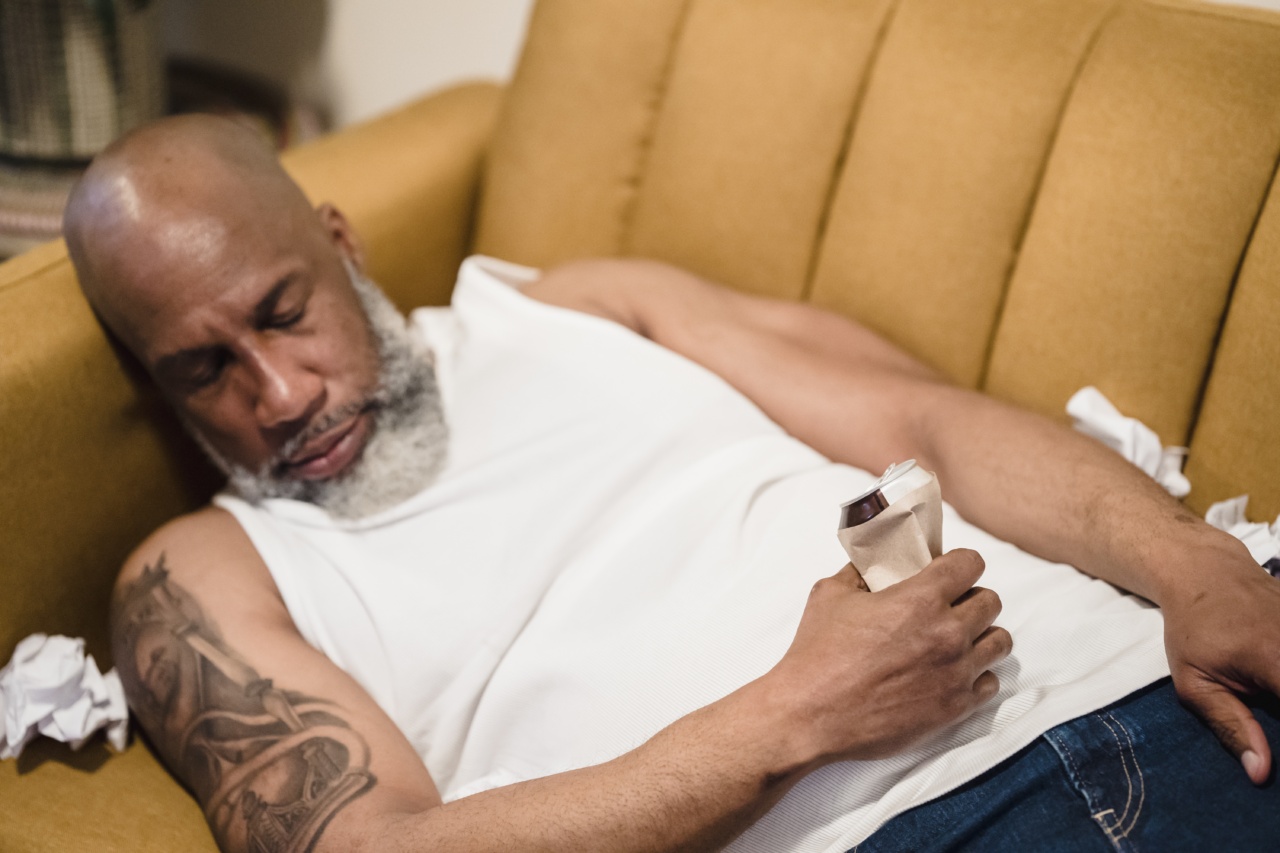Many people struggle with sleep-related issues at some point in their lives. Insomnia, sleep apnea, restless leg syndrome, and narcolepsy are just a few examples of sleeping disorders that can significantly impact one’s quality of life.
In this article, we will explore common sleeping disorders, their symptoms, causes, and potential treatments.
1. Insomnia
Insomnia is characterized by difficulty falling asleep, staying asleep, or getting restful sleep. It can be acute (short-term) or chronic (long-term).
Common symptoms of insomnia include daytime fatigue, irritability, difficulty concentrating, and mood disturbances. Insomnia can be caused by stress, anxiety, depression, certain medications, or underlying health conditions.
Treatment for insomnia may involve addressing the underlying cause, practicing good sleep hygiene, and utilizing sleep aids such as prescription medication or therapy.
2. Sleep Apnea
Sleep apnea is a condition where breathing repeatedly stops and starts during sleep. It can be obstructive sleep apnea (OSA), caused by a blocked airway, or central sleep apnea (CSA), caused by a failure of the brain to signal the muscles to breathe.
Common symptoms of sleep apnea include loud snoring, gasping for air during sleep, excessive daytime sleepiness, and morning headaches.
Treatment options for sleep apnea include lifestyle changes (e.g., weight loss), continuous positive airway pressure (CPAP) therapy, oral appliances, and in some cases, surgery.
3. Restless Leg Syndrome (RLS)
Restless leg syndrome is characterized by an irresistible urge to move the legs, often accompanied by uncomfortable sensations. These sensations are typically worse at night and can disrupt sleep.
Common symptoms of RLS include tingling, itching, burning, or aching sensations in the legs. RLS can be a primary condition or secondary to underlying health issues.
Treatment for restless leg syndrome involves identifying and addressing any underlying causes, lifestyle changes (e.g., regular exercise, avoiding triggers like caffeine or nicotine), medication (e.g., dopamine agonists, anticonvulsants), and other therapies such as massage or stretching.
4. Narcolepsy
Narcolepsy is a neurological disorder that affects the brain’s ability to regulate sleep-wake cycles. It is characterized by excessive daytime sleepiness, sudden loss of muscle tone (cataplexy), sleep paralysis, and hallucinations.
Narcolepsy can significantly impact one’s daily functioning and quality of life.
While there is no cure for narcolepsy, treatment options can help manage its symptoms.
These may include medication (e.g., stimulants, antidepressants), lifestyle adjustments (e.g., regular naps, maintaining a consistent sleep schedule), and adopting good sleep practices.
5. Circadian Rhythm Disorders
Circadian rhythm disorders occur when an individual’s internal body clock is out of sync with their desired sleep-wake schedule. Examples include delayed sleep phase syndrome, jet lag, and shift work disorder.
Common symptoms include difficulty falling asleep or waking up at the desired times, daytime sleepiness, and impaired cognitive function.
Treatment for circadian rhythm disorders involves establishing a consistent sleep schedule, optimizing the sleep environment, exposure to natural light or light therapy, and, in some cases, medication to help regulate sleep-wake cycles.
6. Sleepwalking
Sleepwalking, also known as somnambulism, is a sleep disorder that involves walking or performing complex behaviors while asleep. Sleepwalkers are typically unaware of their actions and may have no memory of them upon waking.
Sleepwalking is more common in children but can persist into adulthood.
Creating a safe sleep environment, implementing regular sleep patterns, and addressing any underlying issues or triggers can help manage sleepwalking. In severe cases, medication may be prescribed.
7. REM Sleep Behavior Disorder (RBD)
During REM sleep, our bodies are typically in a state of muscle paralysis to prevent acting out dreams. However, individuals with REM sleep behavior disorder do not experience this paralysis and may physically act out their dreams.
This can potentially result in injury to themselves or their sleep partners.
Treatment for RBD may involve lifestyle modifications (e.g., creating a safe sleeping environment), medication (e.g., clonazepam, melatonin), and underlying medical condition management if applicable.
8. Bruxism
Bruxism refers to the grinding, clenching, or gnashing of teeth, typically occurring during sleep. It can lead to dental problems, jaw pain, headaches, and disrupted sleep for both the individual and their sleep partner.
Managing stress, using a mouthguard at night to protect the teeth, and addressing any underlying dental or jaw issues are common approaches to treating bruxism. In some cases, medication or therapy may be recommended.
9. Periodic Limb Movement Disorder (PLMD)
Periodic limb movement disorder involves repetitive limb movements during sleep, usually the legs. These movements can disrupt sleep and lead to daytime fatigue or sleepiness.
PLMD is often associated with other conditions such as restless leg syndrome or sleep apnea.
Treatment for PLMD may include addressing any underlying causes, medication (e.g., muscle relaxants, anti-seizure medications), and lifestyle changes to improve sleep hygiene.
10. Sleep Talking
Sleep talking, or somniloquy, refers to talking during sleep. It can range from simple mumbling to coherent conversations. Sleep talking can occur due to various factors such as stress, sleep deprivation, alcohol consumption, or certain medications.
Creating a conducive sleep environment, practicing good sleep habits, and managing underlying causes (e.g., stress reduction techniques) can help reduce or eliminate sleep talking.




























